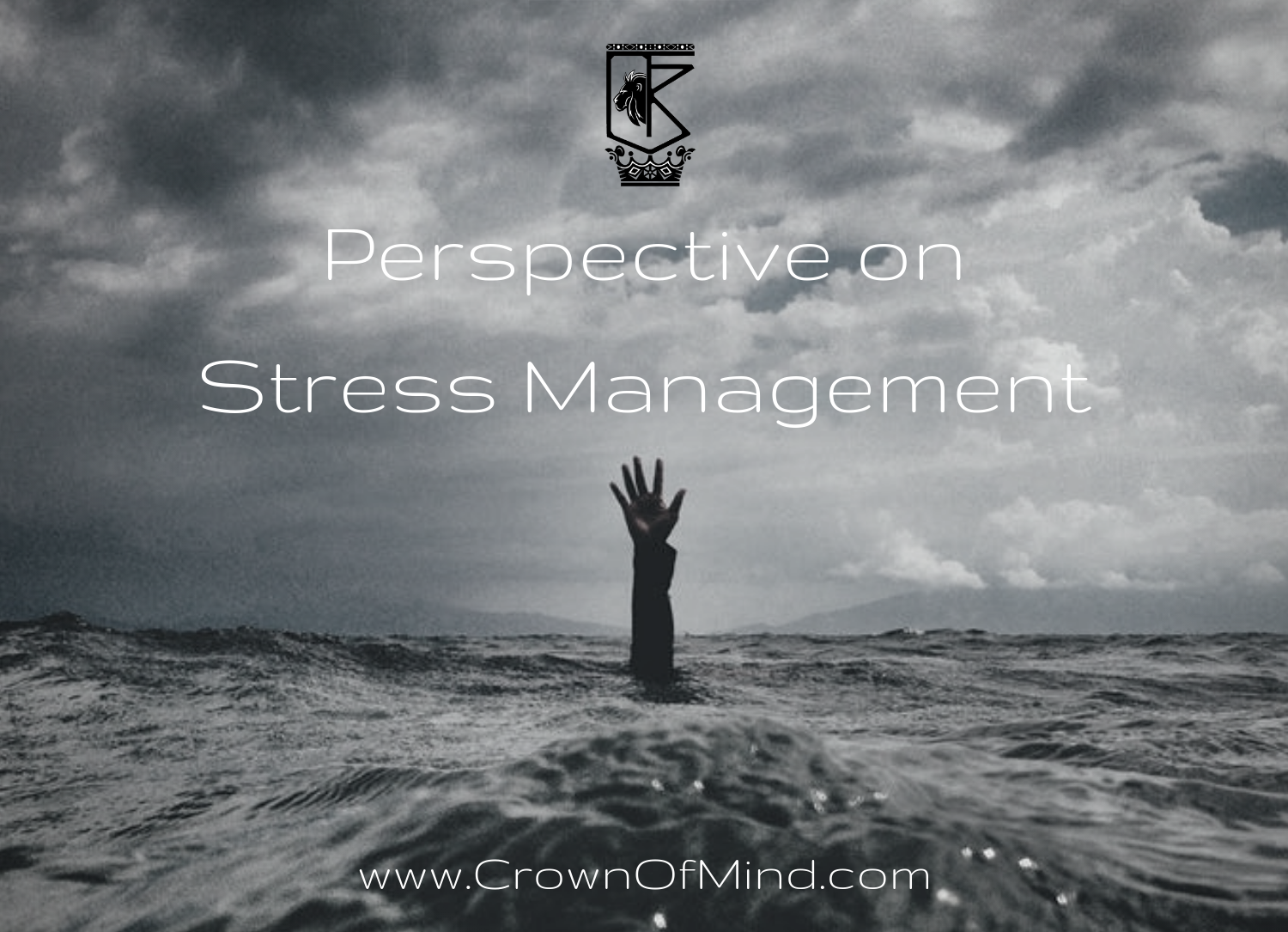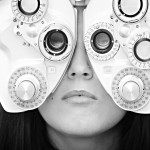Stress management is about the business of just handling one’s state when stress emerges; it exists on the premise that stress is an objective experience that affects everyone the same way.
But we can demonstrate this is false by placing two people under the same would-be stressful experience.
Stress Affecting All the Same: Test, Shall We?
Let’s put John and Jane Doe In keynote speaker environments; they’re presenting to a 1,000-person audience. Right at the beginning, their PowerPoint breaks down.
John panics while Jane confidently engages the audience without it. Same situation, two different responses.
This can be observed with everything from phobias (why one has a phobia and another doesn’t) to projecting what-if scenarios. This proves there is no official stressor otherwise we’d all react the same way.
The difference is in our individual self-image in identification with the experience.
Professionals in various industries tend to engage similar environments: peers, collaboration, service, giving and receiving value, clientele, facing rejections, setting goals, analyzing data, selling. What contributes to our effectiveness in these activities is the self-image we carry into them.
If we see ourselves as not competent enough, not smart enough, not able to handle what’s coming, the logical response will be to stress out. If we have a self-image that represents our ability to handle what comes, we change what would be a stressor into an opportunity.






